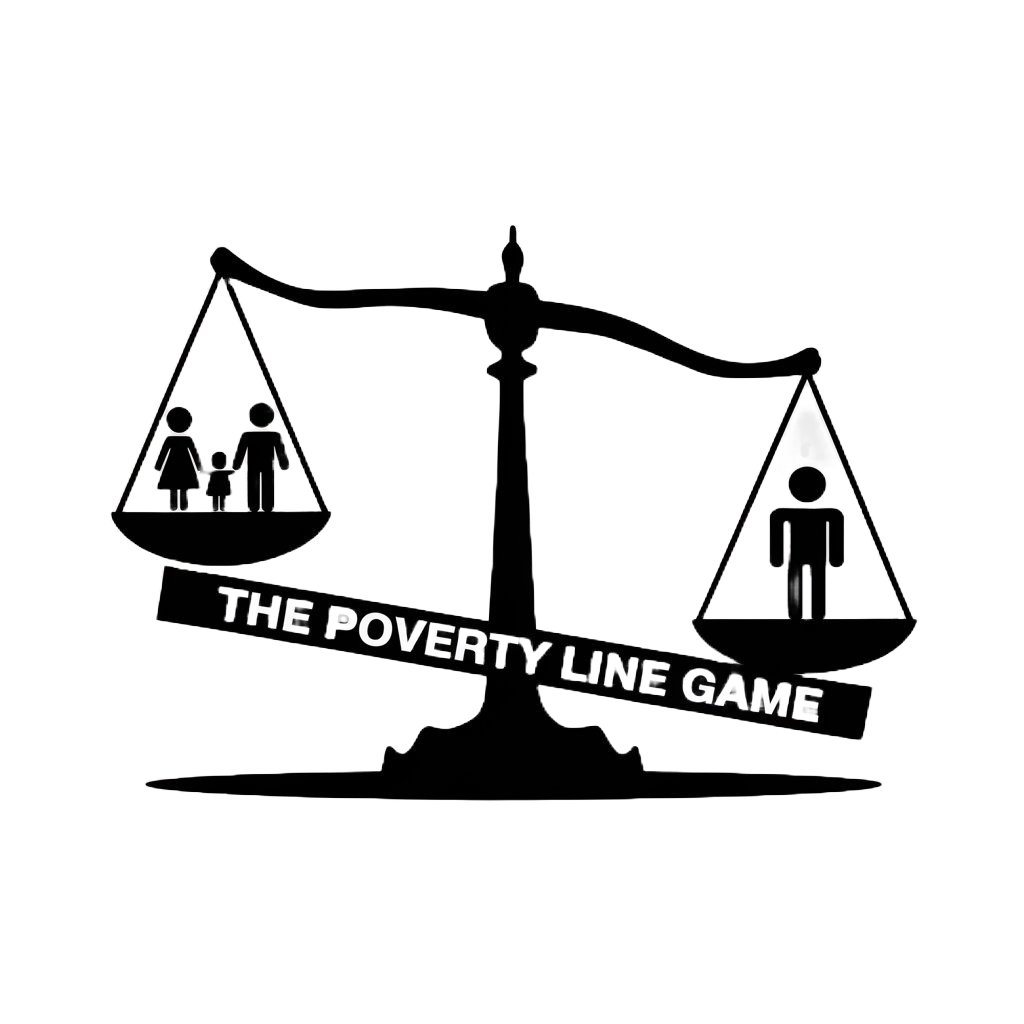
The Poverty Line
Who Falls Through the Cracks?
🚫 Example of someone not fitting the measure but considered poor:
An individual working full-time at a low-wage job might earn slightly above the official poverty threshold but still struggle to afford basic necessities like housing, food, and healthcare, especially in high-cost areas. They may receive non-cash benefits like food stamps or housing subsidies that aren't factored into the OPM, making them appear less economically disadvantaged than they are.
🚫 Example of someone not fitting the measure but considered poor:
An individual might have a relatively high income on paper but face significant medical expenses or child care costs that deplete their resources. The SPM accounts for these expenses, potentially classifying them as in poverty, while the OPM might not.
🚫 Example of someone not fitting the measure but considered poor:
A family might have access to enough food but be living in substandard housing or lacking other necessities. They wouldn't be classified as food insecure, but could still be experiencing significant poverty in other aspects of their lives.
🚫 Example of someone not fitting the measure but considered poor:
A retiree living on a fixed income might have their basic needs met according to the Self-Sufficiency Standard, but lack the resources for unexpected expenses or to maintain their pre-retirement quality of life. They might not be classified as poor by this measure, but could still be struggling financially.
🚫 Example of someone not fitting the measure but considered poor:
An educated individual with access to healthcare and decent living conditions might not be classified as poor by the MPI. However, they could be struggling with severe debt or unemployment, facing economic hardship that isn't fully captured by the index's dimensions.